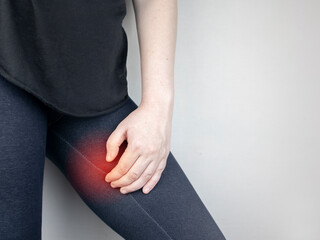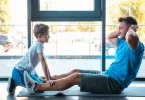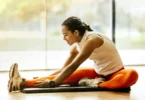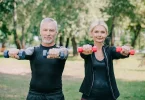As the temperatures rise and humidity creeps in, you start to get red in more than your face. Chafing sets in with a burning sensation and ruins your long run schedule. You know it is your thighs rubbing together or against your fabric that is causing the friction. It kicks off as a slight pain that gradually becomes unbearable as you get ready for extended periods of exercising.
Proper chafing treatment can help you alleviate the discomfort and prepare you for a power-packed performance.
Chafing While Exercising
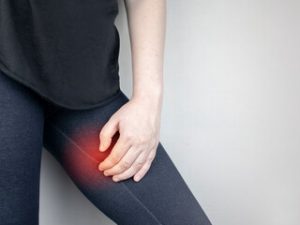
Chafing
Anything rubbing against your skin poses a risk of injury and soreness. Responses to chafing vary from only mild rashes that are sensitive to touch to a painful condition with bleeding wounds that restrict movement. As a sports lover, it can get very frustrating not to finish the race, which calls for properly handling chafing menace. Here are some ultra-sensitive areas that are commonly affected by chafing:
- Inner Thigh: People with large legs are often prone to chafing and find it uncomfortable during their long walks.
- Heel and Toes: These are the areas that mostly plague runners by developing chafing or blisters. The condition can be caused by sweaty feet or improper selection of running shoes.
- Arm Pits: Excessively using your shoulder joint during an exercise may cause chafing in the armpits. It is especially aggravated for athletes who shave their armpits.
There are various causes for the issue, some of which are poorly fitted clothing, sensitive skin, hot weather, and excessive body weight.
Tips to Overcome Chafing During Exercising
Chafing is barely noticeable at the beginning, with athletes running for over two hours without any pain. Others, who are less lucky, may begin to feel the pain within ten minutes into the routine.
Wear the Right Clothes
This is especially vital for thighs that often suffer due to poor choice of clothing. Hence, chafing treatment for thighs must start with wearing comfortable clothing. If your skin is sensitive to chafing, be selective about clothes that touch your thighs exposed regions. Cover these areas with tight and seamless wear and choose only high-quality fabrics that are soft on your skin.
Consider wearing shorts under loose shorts, a sports skirt, or pants. Ensure the right clothing combination that does not produce more bunching and rubbing. Test drive your clothing before deciding to put them on for long workouts or run. You can know if the waistband of your shorts contributes to chafing within minutes of exercising.
Stay Hydrated
Ensure to drink plenty of water before, in between, and after your workout routine. This allows for free perspiration and prevents the drying of salt crystals that cause chafing.
Keep Off the Moisture
Moisture is something that worsens chafing during running. Keep off moisture by avoiding running through water and pouring water all over you. These small considerations make a significant impact at the end of your session or race.
Recovery
No chafing treatment is complete without you taking protective measures for recovery.
- Avoid cleaning the chafed skin with chemicals since they tend to obstruct the healing process. Consider using a saline solution or water with mild soap instead.
- Do not use harsh soaps for the shower and avoid showering under boiling water.
- Remember to pat dry the skin always.
Chafing is one of the common skin troubles faced by athletes that bring down their performance levels. However, treating this condition is achievable through careful considerations in our daily sporting habits. Try these today, and you’ll be on your way to complete recovery within no time.

